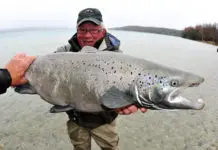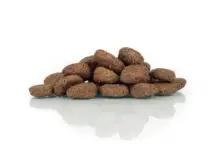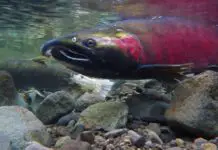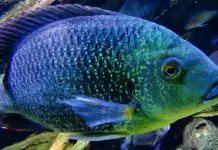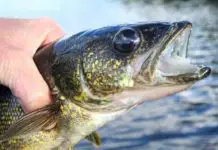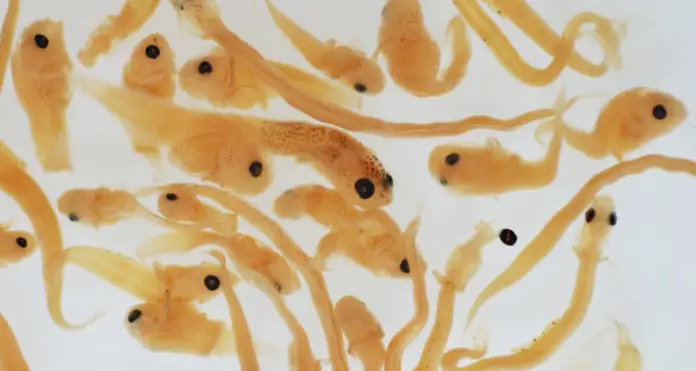
To successfully develop commercial diets for marine fish larvae, knowledge about how various constituents of the feed e.g. smell and taste will affect their feeding behavior is essential.
This article identifies the feed-related substances that Atlantic cod and halibut can taste and smell.
Most marine fish larvae for which attempts at intensive rearing have been made require live prey as an initial diet. Large-scale culturing of such prey is time-consuming and expensive, and this greatly increases production costs. Further, marine fishes typically exhibit low appetite to formulated feeds, resulting in slow growth rate and feed wastage. Addition of attractants and/or stimulants in feeds may motivate them to actively feed in optimum quantities. Thus, development of formulated feeds that are effectively consumed by marine fish larvae is widely considered an essential step towards cost-effective exploitation of marine fish farming. Despite significant effort on several continents, there has been limited success in producing such formulated feeds.
In order to develop a successful commercial diet for marine fish larvae, knowledge about how various constituents of the feed will affect their feeding behavior is of central importance. Certain substances might attract larvae, and motivate the feeding response. Such odors could be added to a formulated diet. Other substances might serve as repellents, and demotivate the feeding response. Such odors should be avoided in a formulated diet. Very little is known about the olfactory responses of marine fish larvae to odors. Recent reports strongly indicate that permeating formulated feeds with specific chemical odors can dramatically increase the growth rate of fish larvae. Thus, identifying substances that can motivate the feeding response of marine fish larvae holds promise for the rapid improvement of formulated feeds.
Results
The project gives a lot of information which can be used to decide what substances should be included in formulated feeds in order to ensure that cod and halibut can smell and taste them.























